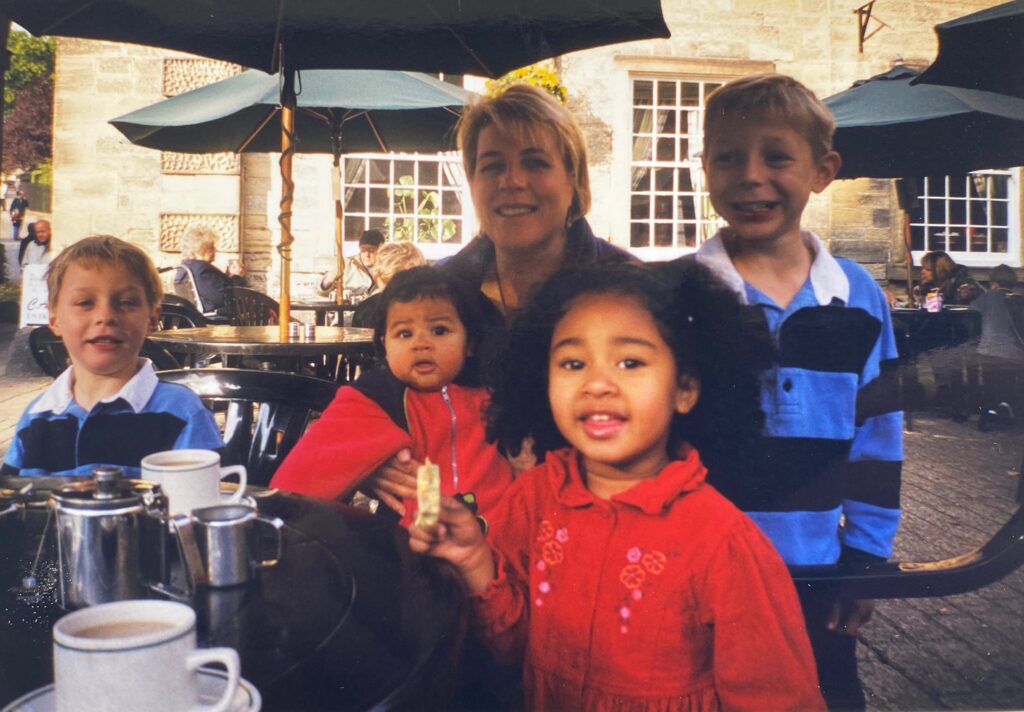This photograph was taken during the first of my many visits to Harewood House.
We explored its opulent rooms and marvelled at the extravagant furniture, oblivious to the origins of the Lascelles’ wealth. My enthusiasm for history began as a child in primary school. I could not wait to read the informative display boards at the historical sites I visited, but I rarely found myself represented in these displays – and this was the case for Harewood House.
My school rarely taught us about the contributions of Black and Asian people, and therefore I did not expect any different from public history. The curriculum trained both myself and others to see the colonial histories of India and the Caribbean as detached to British history – despite their involvement in the British Empire. To a young me, I was never truly British. It was only when I was a teenager that I learned about Harewood House’s historical connections to Caribbean slavery. And it was only when I was an undergraduate student that I understood that these slaves were just as entitled to be recognised as part of Harewood House’s history as the lords and ladies on its walls.
A friend encouraged me to write to Harewood House to express my disappointment at the lack of informative material about the Lascelles’ involvement in slavery. In addition to having sections in the visitor guide at Harewood and online, the Trust published the remnants of the Lascelles’ West Indian papers at the Borthwick Institute at the University of York, which has allowed members of the public to access these crucial documents. I am a history undergraduate student at the university, and the work I conducted for my dissertation introduced me to the rich possibilities of this Harewood archive.
The team at Harewood invited me to the house multiple times and I eventually became a volunteer researcher. It is important to include an historian of Black heritage, because quite often we are the subjects, not the researchers of history. Local Black communities also need to be involved in the representation of this history – a history that still has repercussions for Black populations around the world. My aim is to ensure that the next Black child who visits Harewood House sees themselves represented, and sees their ancestors credited in a house they helped build but could never visit. And for visitors to understand that although slavery took place thousands of miles away, this is their history – this is British history too.
Olivia Wyatt, Volunteer Researcher, Harewood House Trust.
Editor’s Notes: Since engaging further with the Harewood House Trust, Olivia has learnt about Carnival Messiah, which was performed at Harewood in 2007 as part of the abolition of slavery bi-centenary, and the ongoing work with the Geraldine Connor Foundation.
